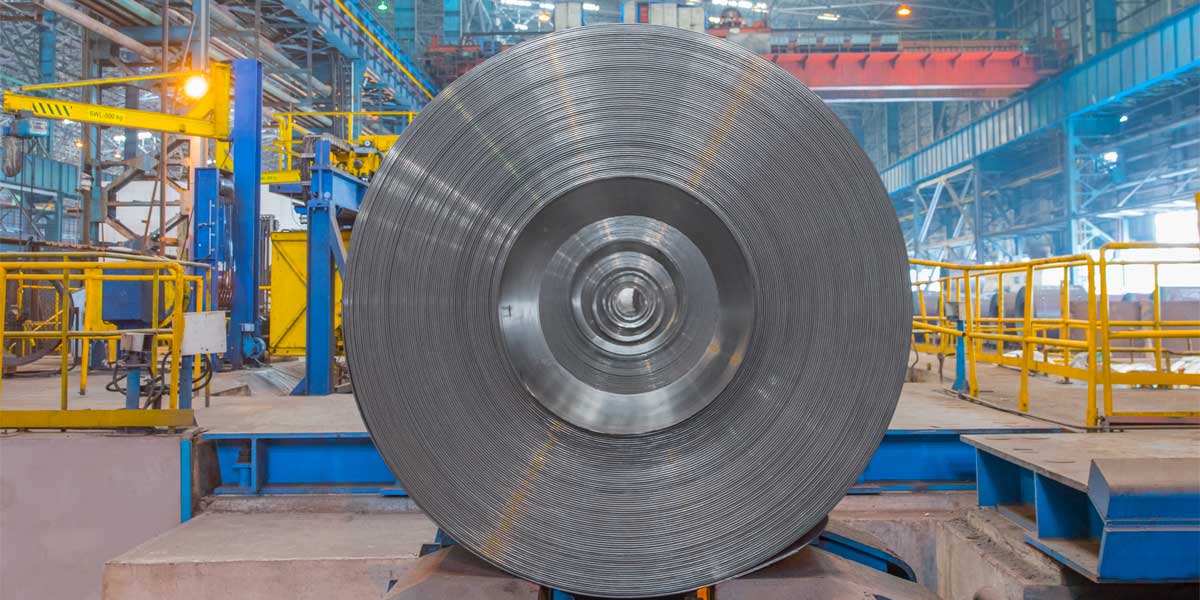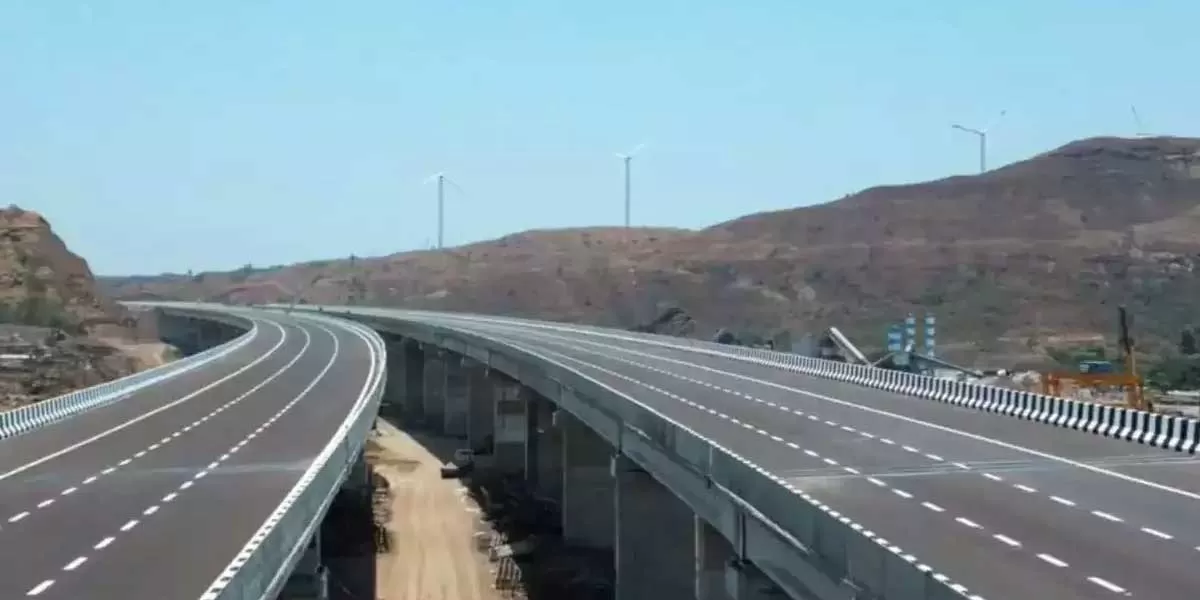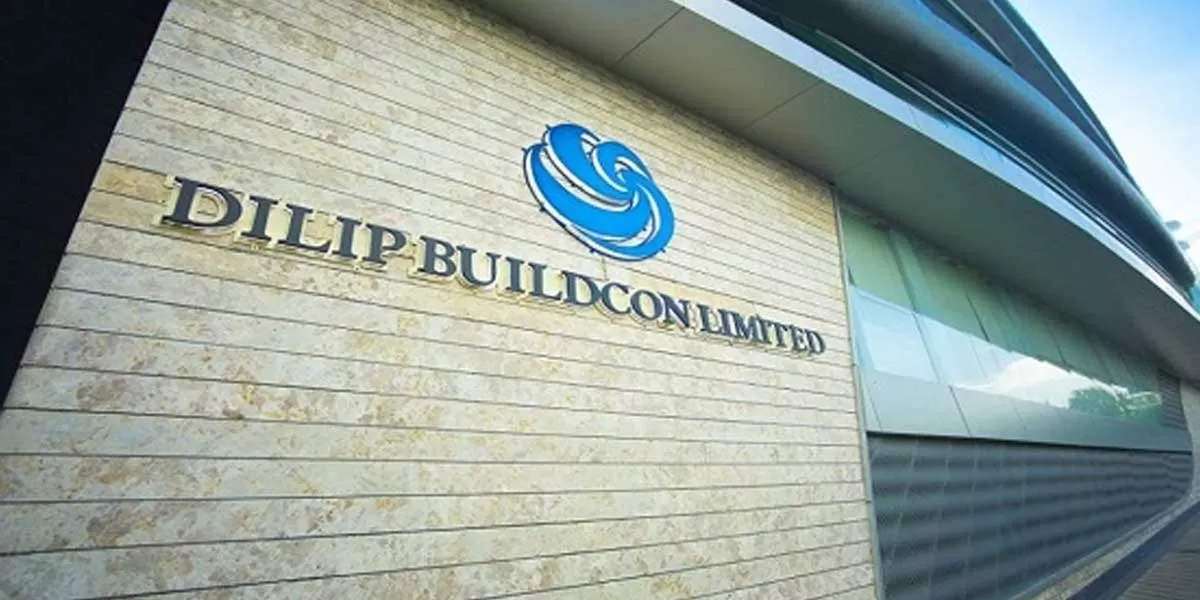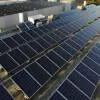The pandemic had a minimal impact on the global steel industry last year. The production of crude steel increased from 1,826 million tonne (mt) in 2018 to 1,878 mt in 2020, according to the World Steel Association. Demand for steel was around 1,775.4 mt in 2020, adds Alok Sahay, Secretary-General, Indian Steel Association. “Despite the influence of the pandemic, through its different regional impacts, the global steel industry was fortunate to end 2020 with only a minor contraction in steel demand. Steel use in China expanded while it contracted in the rest of the world.”
Based on forecasts, Sahay expects normalisation in demand during 2021, owing to steady progress on vaccines and changed behaviour in the global society. “Demand for steel is expected to grow 4.5 per cent in CY 2021 and 2.2 per cent in CY 2022,” he says.
Where does India stand in all this?
“At present, India is the second largest producer of crude steel and the second largest consumer of finished steel in the world,” shares Sahay. “Demand for steel in India has increased from 83.6 mt in 2016 to 102.6 mt in 2019 but fell to 88.5 mt in 2020 due to the pandemic. In CY 2021, India is expected to produce close to 120 mt of crude steel and consume around 105 mt of finished steel.”
Positive decisions
Key positives in the steel sector include a surge in the earnings of domestic steel companies following the post-pandemic upcycle, says Jayanta Roy, Senior Vice President & Group Head, Corporate Sector Ratings, ICRA. “This has led to an accelerated pace of deleveraging for the overall industry, making mills more resilient to withstand any future exogenous shocks.”
To reduce India’s dependence on import of specialised steel grades like electrical steel, tinplate, and high-strength steel, among others, the Government has recently notified the production-linked incentive (PLI) scheme for special steel with a budgetary allocation of Rs 6,322 crore, he adds.
The focus on divestment of assets in the steel space has led to healthy consolidation and the continued thrust on mining reforms will provide raw material security, observes Rajeev Singhal, Vice President, Marketing & Sales (Flat Products), Tata Steel.
Worrying trend
Amid these positives, a worrying trend in the steel sector is price rise.
Post-pandemic, concerted stimulus measures by governments and central banks and subsequent economic recovery saw international steel prices increase by over 160 per cent between May 2020 and May 2021, observes Roy.
This sharp rally would have adversely impacted infrastructure development, especially infrastructure classes where the intensity of steel use is high, such as power transmission and railway projects. Especially, “the viability of infrastructure projects without index-linked price escalation clauses would be adversely impacted,” says Roy. “The attractiveness of PEBs [pre-engineered buildings], where steel is the most significant cost driver would also reduce over other alternate building construction materials from the developer standpoint.”
Industry sources point out that cumulative finished steel consumption in India on a year-to-date basis up until November 21 is down ~2 per cent as against pre-COVID consumption levels. Flat steel consumption is trailing by ~8 per cent. This indicates that apart from macroeconomic factors, pricing may have impacted the PEB segment.
Another segment suffering from the rise in steel prices and supply uncertainty is composed of foundry, forging and fabrication units across India that provide intermediary metal components for equipment related to heavy engineering, mining, railways, construction, etc. Mostly these units are MSMEs and regarded as critical manufacturing units providing essential employability to the masses.
“Steel comprises almost 60-70 per cent of our product cost, thus slight variation in its price [rise] is squeezing the minimal margins of MSME foundry units,” says Indranil Dutta, Chief Executive Officer, Datre Corporation, a steel foundry in West Bengal.
Variable pricing
Last year’s price rise prompts VR Sharma, Managing Director, Jindal Power & Steel, to suggest that “contractors should always get into contracts that take into account price variations, both increases and decreases. Any deviation in raw material prices beyond 1 per cent should be recovered from customers to ensure some relief for the contractor.”
The challenge for steel product makers is that, sometimes, their clients aren’t receptive to variable pricing.
“We operate with very low margins and have no resources for innovation because our OEM clients refuse to accept variable price clauses,” says Dutta. “Young OEMs are sandwiched between large steel makers, influencing our raw material costs and our large customers, who are reluctant to absorb this price increase in their products.”
Foundry units have been calling for monthly price revisions and for clients to prepare for such revisions to keep their industry afloat. In pockets such as Gujarat, steep price increases and associated working capital shortages have compelled some foundry units to cut production or temporarily close.
With the majority of PEB manufacturers and solution providers also impacted owing to fixed price contracts with customers, that segment could also jointly move towards market-accepted index-linked price contracts to ensure healthy and sustainable competition.
Relief in sight
“International steel prices started to moderate from the May 2021 all-time high peak after July 2021 when Chinese demand started to slip,” says Roy. “This correction sharpened after mid November 2021, with Chinese hot rolled coil (HRC) prices declining by over 20 per cent thereafter, and domestic HRC prices correcting by around 6 per cent. Consequently, the price differential between domestic HRC price and Chinese HRC export offers, which stood at $ 340/mt in mid-May 2021, has largely vanished now. Steel prices are unlikely to rise meaningfully henceforth.”
In the second half of November, prices came down by 5 per cent, which is a very good sign for the construction community, notes Sharma. “I don’t expect any further price rise in the next few months.”
In fact, if the rapid spread of the Omicron variant leads to an unanticipated disruption in economic activity in key global steel-producing hubs, steel price correction could accelerate and a consequent mean-reversion of spreads in FY2023 could happen much sooner than what is anticipated today, adds Roy. For steelmakers, this remains a key risk that could determine the durability of the current upcycle.
“I expect the key input materials, iron ore and coal, to see some abatement in price volatility in the next six months; that stability might positively impact volatility in steel prices,” says Sabarna Roy, Senior Vice President, Electrosteel Group.
Steel being a global industry with prices determined by market forces, Singhal believes prices in the current decade will trend higher compared to the past decade.
Steel expansion
ICRA estimates that in FY2022, the capex spend for listed steel companies is expected to increase by around 70 per cent year on year, albeit on a lower base. In FY2023, the industry is expected to report 10-15 per cent annual growth in its capex spend. For perspective, the annual capex spend would still be much lower than the decadal peak achieved in FY2014.
One thing is clear. Considering a commissioning timeline of three to four years, the risk of a supply glut and any ensuing price drop can be ruled out over the next couple of years.
India’s steel capacity stood at 142 mtpa at the end of FY2021. In the current fiscal, around 8 mtpa of new capacity is expected to be commissioned. In FY2023, no new large capacity is slated for commissioning.
With incremental steel demand outpacing incremental supply, the industry’s capacity utilisation is poised to touch 80 per cent in FY2023 after a gap of eight years, says Roy. “Already, this has led to new investment activity rebounding.”
In fact, unlike the past several years, where only the top four to five players were behind most new investments, this time, Roy says even smaller steel players are considering new projects as banks are open to fresh lending. Over the next four to five years, the top four domestic steelmakers have announced plans to add around 34 mtpa of new capacity.
The 5 mt (per annum) Phase 2 expansion of Tata Steel’s Kalinganagar plant is currently underway. “Beyond that, we have stated our intent to grow our domestic business,” says Singhal. “Our current global capacity is 33 mt.”
“We propose to increase our capacity by an additional 6 mtpa by 2023,” shares Sharma. “The next decade is for steel considering the Government’s focus on infrastructure. In addition to construction bars and rebars, we will introduce flat products, such as different kinds of sheets and plates.”
In the next 10 years, the [annual] demand for steel is expected to rise to close to 170 mt, adds Sahay. “Construction, including railways, will consume close to 115 mt in this timeframe spearheading growth.”
Flagship infrastructure expansion schemes like the $ 1.5 trillion National Infrastructure Pipeline (NIP) will spur healthy growth in steel demand in the medium to long term, adds Roy.
The demand for steel is expected to grow in tandem with GDP growth given the Government’s massive investment in infrastructure through schemes like the NIP and PM Gatishakti, agrees Singhal.
Future concerns
Not everyone shares a wholly optimistic view.
“Expansion decisions are based on a 10-year picture; we have a clear picture up to 2027 but not beyond that,” observes Sabarna Roy. “So, new capacities could remain idle. If the entire NIP budget is expanded, the fiscal deficit will increase significantly and our borrowing capacity will reduce.”
Because of these reasons, Sabarna Roy believes major expansions are unlikely. “Also, the Indian Government has ratified the Paris climate accord, and that may put pressure on polluting industries like steel and cement. Expansions would increase their emission thresholds, making their environmental assessments by pollution boards tougher. Any minor expansion will happen through the brownfield route, which costs less [than the greenfield route] and gives a faster return on investment.”
While Roy agrees that NIP projects will generate a lot of demand for steel and steel products up until 2025, beyond that, a Lok Sabha election will happen in 2024. While he doesn’t foresee a change of government, one cannot be sure. “If the BJP continues in government, I expect some slippage of projects up to 2027, boosting demand for steel and steel products.”
Globally, a major structural shift marked by China’s evolving role is impacting the steel market, observes Singhal. “From being a dominant exporter in the last decade, China is now cutting down on its production aligned with its pursuit of achieving net neutrality by 2060. This has resulted in stability in the world steel trade.”
As net neutrality and sustainability-related conversations take centre-stage globally and India’s stated aim to achieve net-zero carbon emissions by 2070, the steel industry, too, will need to define its decarbonisation roadmap, predicts Singhal. “This will enable accelerated research and adoption of green steel.”
Evidently, major decisions lie ahead for the Indian steel industry.
- Charu Bahri
Steel demand in India
60-65 per cent: Construction & infrastructure sector
20-25 per cent: Engineering
8-10 per cent: Automobiles
Source: ICRA


















